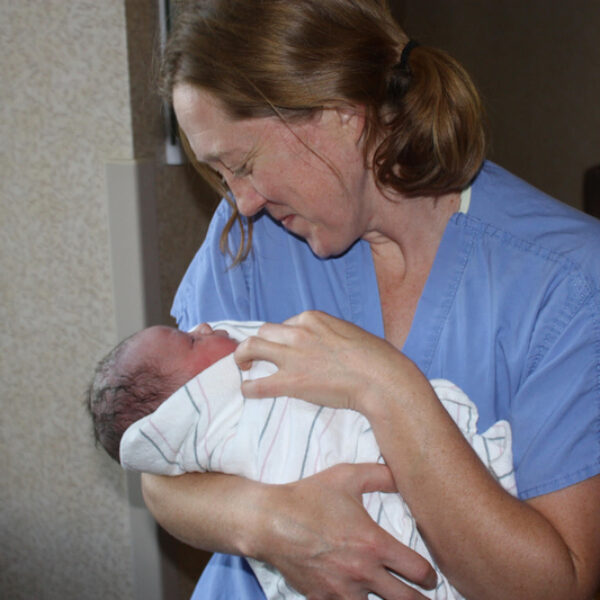
A Safe Haven for Late Abortions
Synopsis
New Yorker photojournalist Maggie Sheldon documents what life looks like for Dr. Diana Horvath and nurse midwife Morgan Nuzzo at Partners in Abortion Care, a Maryland clinic that provides care for women seeking abortions later in pregnancy. Later abortions are often the most stigmatized, yet they are just as vital and necessary as abortions at any other stage of pregnancy. As one of the few clinics in the country offering abortions up to 34 weeks, their clinic is a safe haven for patients across the country who need later abortions.
Small acts of kindness reflect the deep empathy that defines the clinic’s approach — a staff member hands a Target gift card to a patient who is a survivor of domestic abuse, a father and father-in-law support each other while their family experiences a tragedy. The team at Partners in Abortion faces stigmatizing culture, legal challenges, and violent threats daily, but their unwavering commitment to their patients remains constant.
For several years, Morgan Nuzzo, a nurse-midwife, and her friend and colleague Diane Horvath, an ob-gyn, talked about opening a clinic that would provide abortions in all trimesters of pregnancy. In May, 2022, the draft opinion of the Supreme Court ruling that overturned Roe v. Wade was leaked, infusing their plan with fresh urgency. The women had launched a GoFundMe campaign earlier that spring, noting that stand-alone clinics made up the majority of providers offering abortion after fifteen weeks, and that many of these had closed in recent years. Within weeks, Nuzzo and Horvath had raised more than a hundred thousand dollars; that summer, they started training employees for the new clinic, Partners in Abortion Care, in College Park, Maryland. They saw their first patient that October, and by the end of 2023 they had treated nearly five hundred. The youngest was eleven years old, the oldest fifty-three.
For nearly a year, the photographer Maggie Shannon visited the clinic regularly with her Canon R5 camera. The clinic’s staff allowed Shannon in because they wanted to help lift some of the secrecy that surrounds later abortions. “Even within our own community” of reproductive-medicine practitioners, Nuzzo said, “later abortion is still kind of stigmatized.” (Exact numbers are hard to come by, but only about a dozen clinics in the country provide abortions after twenty-four weeks; Partners in Abortion Care offers them up to thirty-four weeks.) In the end, Nuzzo and Horvath were astonished by how often patients agreed to be photographed, albeit with their faces concealed. Many of them wanted others to understand how the obstacles placed in the way of abortion care had pushed their procedures later and later.
Abortions in the second or third trimester are rare — the vast majority of abortions in the United States are performed in the first thirteen weeks of pregnancy — and when they occur the circumstances tend to be desperate. Horvath told me, “We know that when people decide they need an abortion they want to have it as soon as possible. Nobody is hanging out until they get to twenty or thirty weeks, saying, ‘Oh, I think maybe I’ll have my abortion now.’ ” A common scenario, she said, went like this: “You’re in, say, Texas—you’re pregnant and you need an abortion. You found out you were pregnant at eight weeks, which is a very usual time to find out. You arrange for child care—sixty per cent of people who have abortions are already parents—you get the money together, you’re going to have to travel out of state. You go to the next state that you can go to, and you find out you’re too far along for them. So now it’s going to be three times as much money. The cost goes up because the complexity of care goes up. If you travel four or five states over, how many days off is that, how many days of child care?”
There are more clinicians than people think who are willing and able to do late-abortion care…The big barrier is that there aren’t enough clinics.

Meet the new American refugees fleeing across state lines for safety

Her life was at risk. Alabama didn’t care.
